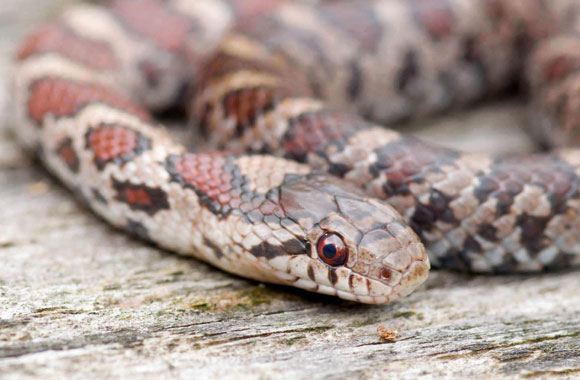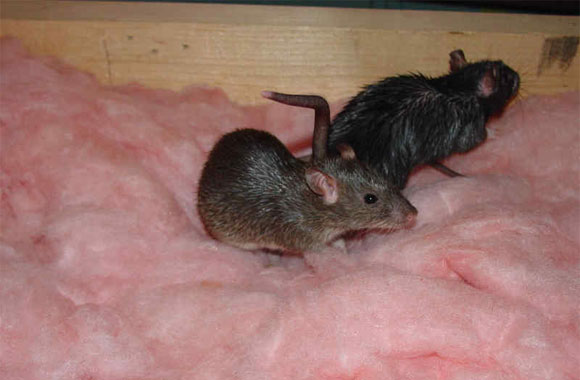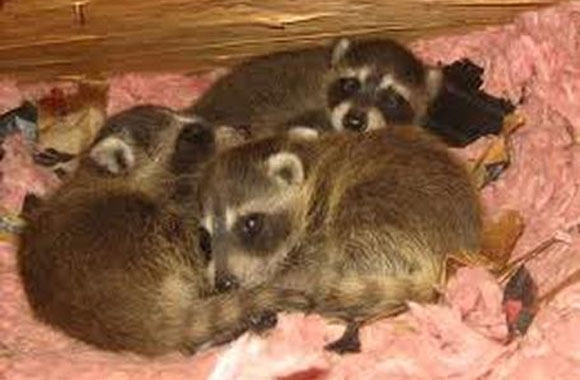Common Problem: Animal Pests

Moisture in the crawl space creates the perfect breeding ground and environment for all sorts of nasties like bacteria, mold, fungus, mildew, and wood rot. Unfortunately, it also creates the perfect breeding ground and environment for a variety of warm-blooded and cold-blooded critters.Your home protects you from the elements. Your home can also protect mice, rats, raccoons, skunks, and snakes from the elements, too. And all those animals find the water soaked insulation that falls from your crawl space ceiling the perfect nesting material. Not only can all those animal pests eventually make their way into your living space but they can also chew and shred your insulation, chew through plastic plumbingand electrical wiring, make your home smell like feces and urine, as well as add all sorts of dander to the living space – a common allergen for many folks.

If a home’s crawl space has become infested with pests, it is likely that homeowners will begin to notice musty smells emanating from the crawl space – a smell characteristic of animal droppings or even ammonia. Homeowners may also notice cold floors, drafts, or that the heating and air system may be running more because energy inefficiency.The smell from the crawl space may begin to permeate the home due to the rotting of animal feces, decaying animals, or from molding insulation. The smell will of often lead some homeowners to seek out the use of candles, deodorizers, or other ways to cover up the scent, but if the crawl space goes without treatment, the scent will only become worse.

The home can also become drafty, cold, or homeowners may notice that some rooms are cooler or warmer than others. This is due to the insulation falling to the floor of the crawl space leaving the ceiling without the proper insulation and allowing the musty, humid air from the crawl space to seep into the house above. This will lead to the home being more inefficient because the heating and air systems running more to keep up with temperature fluctuations which also leads to higher utility bills.If animals infest the crawl space of a home, they can then begin to make their way into the living space above, but if the issues go untreated, the animals can begin to breed, cause further damage to the insulation and structure under the home, and even create health problems for the individuals living in the home above due to the feces and urine being left in the crawl space.

To address the problem, there are suggested steps that should be taken. First, animals usually enter the home through broken crawl space vents or through doors that are not properly sealed. These issues will need to be addressed by installing vent covers as well as making sure the doors are able to close and sealproperly. Encapsulating the crawl space to completely separate it from the outside of the home is another important step.Encapsulation will prevent any pests from entering the crawl space in the future.In conclusion, the crawl space is an important part of the home even though homeowners usually don’t enter them. They provide a place for insulation as well as duct work. The area must be well kept to ensure the home is energy efficient as well as a safe and healthy place to live. By keeping out pests, homeowners are able to eliminate potential damage to the crawl space as well as lower health risks from potential disease from rodents or other animals in the crawl space.
